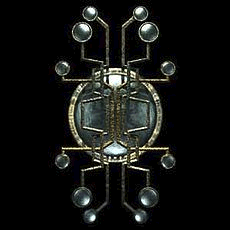- 0
implemented Maintain Your System Specs On the Wiki
-
Similar Content
-
- 2 replies
- 1,295 views
-
- 52 replies
- 51,627 views
-
- 1 reply
- 473 views
-
-
Recently Browsing 0 members
- No registered users viewing this page.



Question
z929669
We encourage all members to add your system specs to the wiki via the STEP Portal <-- links at top of page.
This makes it convenient to link in support forums or (even better) in your signature (see my sig below) and standardizes presentation for comparative purposes. These specs can also be linked from anywhere on the web.
... so if you post on Reddit (or a blog or whatever), you can add a convenient link to your system specs, courtesy of STEP
Also note that you can create a mod page on our site, which is a welcome contribution that helps us out! (just be certain that the mod page does not already exist under a similar name... else we will have a redundant mod page)
Link to comment
Share on other sites
Top Posters For This Question
15
6
5
3
Popular Days
Oct 27
14
Feb 1
9
Jun 22
8
Dec 17
4
Top Posters For This Question
z929669 15 posts
stoppingby4now 6 posts
DoubleYou 5 posts
TechAngel85 3 posts
Popular Days
Oct 27 2013
14 posts
Feb 1 2013
9 posts
Jun 22 2015
8 posts
Dec 17 2014
4 posts
62 answers to this question
Recommended Posts
Create an account or sign in to comment
You need to be a member in order to leave a comment
Create an account
Sign up for a new account in our community. It's easy!
Register a new accountSign in
Already have an account? Sign in here.
Sign In Now